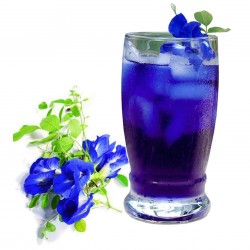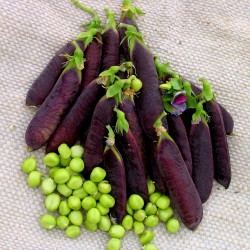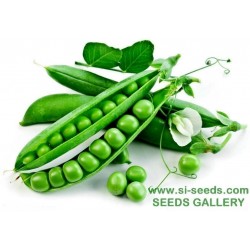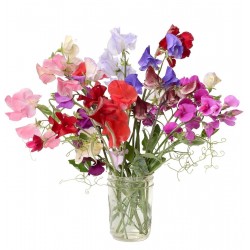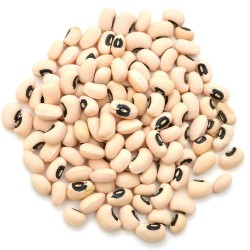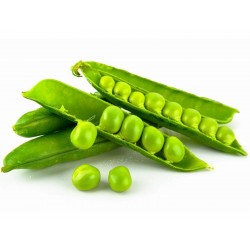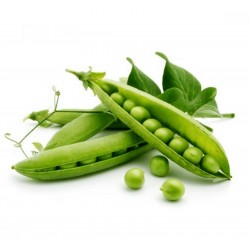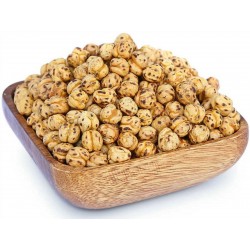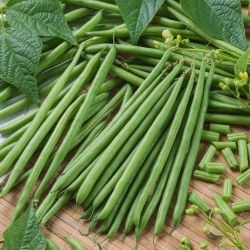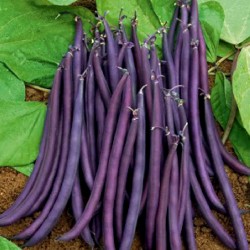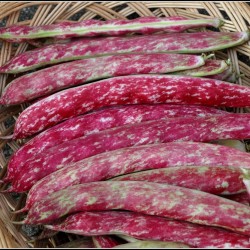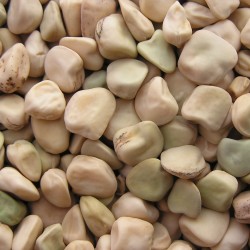
Tohumu çim bezelye, mavi...
Fiyat
€1,55
SKU: VE 46 (5,5g)
Seeds Gallery Com,
5/
5
<h2 class=""><strong>Tohumu çim bezelye, mavi tatlı bezelye (Lathyrus sativus)</strong></h2>
<h2><span style="color: #ff0000;" class=""><strong>20 (5,5g) tohum paketi için fiyat.</strong></span></h2>
<p><i><b>Lathyrus sativus</b></i><span> olarak da bilinen,</span><b><span> </span>çim bezelye</b><span> ,</span><b><span> </span>mavi tatlı bezelye</b><span> ,</span><b><span> </span>chickling bezelye</b><span> ,</span><b><span> </span>chickling fiğ</b><span> ,</span><b><span> </span>Hint bezelye</b><span> ,</span><b><span> </span>beyaz bezelye</b><span> ve</span><b><span> </span>beyaz fiğ</b><span> , bir olan</span><span> </span>baklagil<span> (aile</span><span> </span>Fabaceae<span> yaygın insan tüketimi ve için yetiştirilen)</span><span> </span>hayvancılık<span> konusu yayının</span><span> </span>Asya<span> ve</span><span> </span>Doğu Afrika'da<span> . Bu yatkındır alanlarda özellikle önemli mahsul olan</span><span> </span>kuraklık<span> ve</span><span> </span>kıtlık<span> ve diğer tüm ekinler başarısız olduğunda güvenilir ürün verdiği gibi bir sigorta mahsulün 'olarak düşünülür. Tohumlar</span><span> </span>, bir nörodejeneratif hastalığın neden olan bir nörotoksini içeren<span> tohumlar uzun bir süre için bir birinci protein kaynağı olarak tüketilir.</span></p>
<h2><span class="mw-headline" id="Cultivation">yetiştirme</span></h2>
<p><i>Lathyrus sativus</i><span> </span>ortalama sıcaklığı 10-25 ° C, ortalama yağış yılda 400-650 mm (16-26 inç) burada en büyür. Diğer baklagiller gibi, toprağın nitrojen içeriğini artırır. Ekin yaşayabilir<span> </span>kuraklık<span> </span>veya<span> </span>sel<span> </span>, ama nemli topraklarda iyi yetişir. Işık ağır kil tınlı yoluyla kumlu, ve asit, nötr ya da alkalin topraklar toprak tiplerine tolere eder. Bu gölge tahammül etmez.</p>
<p>Tohum içinde pazarlarda insan tüketimi için satılan<span> </span>Florence<span> </span>. Bu tüketimi<span> </span>darbesi<span> </span>İtalya'da ülkenin orta kesiminde bazı alanlarda sınırlıdır ve giderek azalmaktadır.</p>
<p>Çim bezelye (yapılmış Un<span> </span>İspanyolca<span> </span>:<span> </span><i>almorta</i><span> </span>) için ana madde<span> </span><i>gachas<span> </span>manchegas</i><span> </span>veya<span> </span><i>gachas de almorta</i><span> </span>. Çanak için Accompaniments boyunca değişiklik<span> </span>La Mancha<span> </span>. Bu eski bir<span> </span>Manchego mutfağı<span> </span>genelde soğuk kış aylarında tüketilen zımba. Çanak genellikle bir kaşık ya da ekmek basit dilim kullanılarak, pişmiş edildiği tava doğrudan dışarı yenir. Bu yemek genellikle kişinin dudakları veya dilini yakmamaya dikkat ederek, ateşten çıkarmadan hemen sonra tüketilmektedir.</p>
<p>Toksisitesi nedeniyle, insan tüketimi için 1967 yılından bu yana İspanya'da yasaktır. Hayvan yemi olarak satılabilir ama insan tüketimi için diğer unların geçerli yakınında görüntülenemiyor (BOE-2484/1967. 21 Eylül. Paragraflar 3.18.09 a ve b ve 5.36.16 b)</p>
<p>Çim bezelye unu özellikle saf bir şekilde, Castilla-La Mancha dışında elde etmek son derece zordur. Ticari olarak temin edilebilen<span> </span><i>almorta</i><span> </span>çim bezelye zaman uzun süreler için önemli ölçüde büyük miktarlarda tüketilen halinde zehirli oldukları için unu buğday unu ile karıştırılır.</p>
<p>Kasaba<span> </span>Alvaiázere<span> </span>Portekiz nabız içeren yemekler için birkaç gün süren bir festival ayırır. Alvaiázere kendisini başkenti çağırır<span> </span><i>Chícharo</i><span> </span>, Portekizce bu darbenin adının.</p>
<p>Olgunlaşmamış tohumlar yeşil bezelye gibi yenebilir.<span> </span><i>L. sativus</i><span> </span>toksinleri azaltmak için ıslatma ve kapsamlı pişirme ihtiyacı var.</p>
<p>Yaprakları ve sapı pişmiş gibi yenir<span> </span><i>chana destan</i><span> </span>(<span> </span>Odia<span> </span>: bölgelerinde ଚଣା ଶାଗ)<span> </span>Odisha<span> </span>, Hindistan.</p>
<h3><span class="mw-headline" id="Seed_ODAP_characteristics">Tohum ODAP karakteristikleri</span></h3>
<p>Diğer tahıl baklagiller gibi,<span> </span><i>L. sativus</i><span> </span>bir yüksek üreten<span> </span>bir protein<span> </span>tohum. Tohumlar aynı zamanda, değişken miktarlarda içeren<span> </span>nörotoksik<span> </span>bir amino asit<span> </span>β-N-oksalil-L-α, β-diaminopropionik asit<span> </span>(ODAP). ODAP hastalığın nedeni olarak kabul edilir<span> </span>nörolatirizm<span> </span>, bir<span> </span>nörodejeneratif<span> </span>neden hastalık<span> </span>felç<span> </span>alt gövdenin: bir lokal anestezinin (kalçalar) zayıflaması. Hastalık sonra oluşmaya görülmüştür<span> </span>kıtlık<span> </span>Avrupa'da (Fransa, İspanya, Almanya), Kuzey Afrika ve içinde<span> </span>Güney Asya<span> </span>ve hala yaygın olduğu<span> </span>Eritre<span> </span>,<span> </span>Etiyopya<span> </span>, ve<span> </span>Afganistan<span> </span>(dilenen) ne zaman<span> </span><i>Lathyrus</i><span> </span>tohum münhasır veya ana kaynağıdır uzun süre besin. Bitkilerde ODAP konsantrasyonu artar sorunu bileşik, stresli koşullar altında yetiştirilir.</p>
<blockquote class="templatequote">
<p>Ekin küçük miktarlarda insanlara zararsızdır, ancak üç aylık bir süre içinde diyetinin önemli bir parçası olarak yeme çocuklarda kalıcı yetişkinlerde dizlerinin altına felç ve beyin hasarı, latirizm olarak bilinen bir hastalığa neden olabilir. (<span> </span>Kew Gardens<span> </span>)</p>
</blockquote>
<p>Bazı yazarlar bu toksisite abartılmış olduğunu iddia ettiler ve<span> </span><i>L. sativus</i><span> </span>normal diyetin bir parçası olarak zararsızdır. Bu baklagil, L-homoarginin bilinen tek beslenme kaynağı ve daha fazla tercih edilir<span> </span>arginin<span> </span>için<span> </span>nitrik oksit<span> </span>(NO) üretimi. L-ODAP kalsiyuma bağımlı bir aktivatörü olarak etki gösterdiği,<span> </span>protein kinaz C<span> </span>.</p>
<p>Islah programları satırlarını üretmek için çalışmalar devam etmektedir<span> </span><i>L. sativus</i><span> </span>az ODAP üretirler.</p>
<blockquote class="templatequote">
<p>Batı Asya'dan bazı çeşitleri nörotoksin ve yetiştiricilerin ve çiftçilerin düşük seviyede artık aynı zamanda toksik bileşiğin güvenli seviyesini elde ederken, zorlu koşullarda toleransı korumak çeşitleri geliştirmek için bu genetik çeşitliliğin keşfediyoruz var.</p>
</blockquote>
<p>Mahsul yabani akrabaları kültivarları iyileştirmek için aday olabilir genetik materyalin, belirgin kaynağıdır.<span> </span>ICARDA<span> </span>halen değerlendirmekte olan<span> </span>mahsul yabani akrabaları<span> </span>biyotik / abiyotik streslere düşük veya hiç ODAP ve dayanıklı / toleranslı olan genleri keşfetmek ve ekili çim bezelye aktarmak için.</p>
<script src="//cdn.public.n1ed.com/G3OMDFLT/widgets.js"></script>
VE 46 (5,5g)





